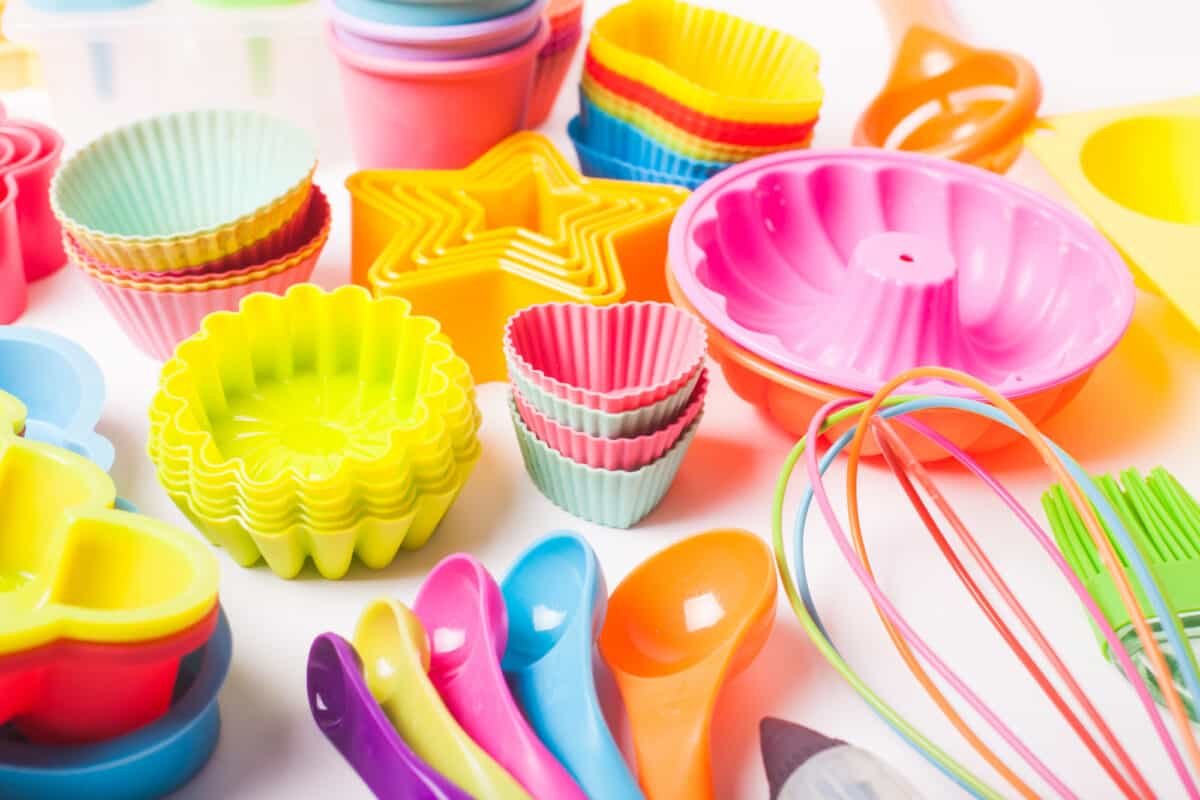In modern kitchen practices, the use of silicone-based kitchenware has become increasingly popular due to its versatility, durability, and ease of use. Silicone baking mats, molds, and utensils are now common sights in many kitchens. But when it comes to microwaving, many home cooks are left wondering, “Can you actually microwave silicone?” At TheKitchenApplianceDad.com, we believe in demystifying kitchen safety, so let’s delve into this topic and provide clear guidance.
Silicone is a synthetic rubber composed of silicon, oxygen, carbon, and hydrogen. It’s known for its high heat resistance, which typically ranges from -40°F to 450°F (-40°C to 232°C), making it suitable for a wide range of cooking temperatures.
Generally speaking, food-grade silicone is safe to use in the microwave. It doesn’t contain any harmful chemicals that could leach into your food upon heating. Silicone doesn’t absorb heat in the same way that materials like metal do, which means it won’t become overly hot in the microwave.

When microwaving silicone kitchenware, there are some best practices you should follow to ensure safety and longevity of your products.
Always look for a label or manufacturer’s note that indicates the silicone product is microwave-safe. While most high-quality, food-grade silicone should be fine, it’s always best to confirm.
If possible, prevent the silicone from directly touching the food. For instance, if you’re using a silicone steamer, the food should be on a plate or in a bowl rather than directly on the silicone surface.
Some microwaves have a higher power output than others. It’s essential to ensure that your silicone can handle the wattage of your microwave.
The first time you microwave a particular silicone item, keep an eye on it. If you notice any warping, melting, or strange smells, stop the microwave immediately.
Silicone’s non-stick surface makes it easy to clean and handle, especially when dealing with sticky or messy foods.
Unlike some materials that can create hot spots, silicone tends to distribute heat evenly, reducing the risk of overcooking or uneven cooking.
Food-grade silicone does not react with foods or beverages or produce hazardous fumes when heated, making it a safe option for microwave use.
Silicone can be punctured or torn by sharp utensils, so avoid using knives or forks on silicone that’s in the microwave.
Before using silicone in the microwave, inspect it for cracks, tears, or degradation. Damaged silicone should not be used, as it may not perform effectively.
When compared to plastic, silicone is often considered a safer option for microwaving. Many plastics can release harmful chemicals like BPA or phthalates when heated. However, you should still opt for silicone products that are specifically labeled as microwave-safe to avoid any potential risks.
In conclusion, silicone kitchenware can be a convenient and safe option for microwaving, provided that you adhere to safety guidelines and proper usage. Its heat-resistant nature and durability make it an excellent choice for many cooking tasks, including reheating and steaming foods in the microwave. For more kitchen safety tips and appliance advice, keep visiting TheKitchenApplianceDad.com, where we help you navigate the ins and outs of your kitchen safely and confidently.

